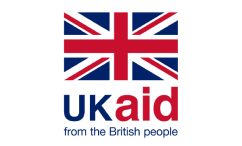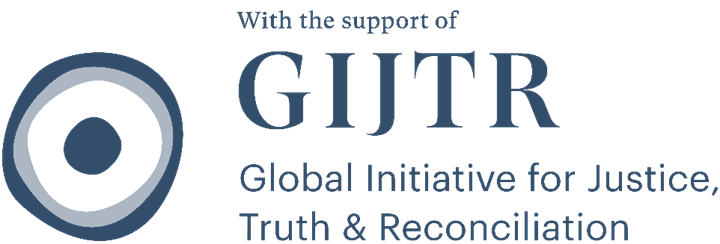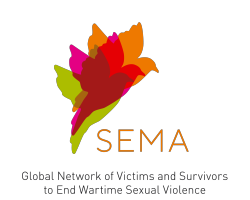...of International Armed Conflicts (Geneva, 8 June 1977) (API) Protocol Additional to the Geneva Conventions of 12 August 1949, and relating to the Protection of Victims of Non-International Armed Conflicts (Geneva, 8 June 1977) (APII) Customary International Humanitarian Law J M Henckaerts and L Doswald-Beck, Customary International Humanitarian Law, Volume I: Rules (ICRC and Cambridge University Press 2005) (Customary IHL Study) Note to reader Because IHRL applies in armed conflict alongside IHL and, importantly, provides......was further codified in the four Geneva Conventions of 1949 and their two Additional Protocols of 1977, various conventions and protocols dealing with specific types of weapons used in warfare, and conventions aimed at ensuring respect for certain rights, such as children and cultural property, during armed conflict.4 The four Geneva Conventions and Additional Protocol I confer on the ICRC a specific mandate in the event of international armed conflict: ‘subject to the consent of......the Parties to the conflict concerned’, the ICRC may ‘undertake humanitarian activities for the protection of wounded and sick, medical personnel and chaplains, and for their relief’.5 In the event of non-international armed conflict, the ICRC may similarly ‘offer its services to the Parties to the conflict’.6 Beyond direct humanitarian action, the ICRC is tasked with working for the understanding and dissemination of knowledge of IHL and preparing ‘any development thereof’.7 Where an obligation in......to rape, enforced prostitution and ‘any form of indecent assault’,8 stipulate that persons taking no active part in the hostilities must be treated humanely,9 prohibit violence to person including cruel treatment and torture, and prohibit outrages upon personal dignity – all of which encompass sexual violence.10 Additional Protocol I, which applies to international armed conflicts (IAC) and is a part of customary international law, prohibits ‘outrages upon personal dignity, in particular humiliating and degrading treatment,......enforced prostitution and any form of indecent assault’,11 as well as ‘rape, forced prostitution and any other form of assault.12 Article 4(2)(e) of Additional Protocol II, which is applicable to non-international armed conflicts (NIAC), prohibits ‘outrages upon personal dignity, in particular humiliating and degrading treatment, rape, enforced prostitution and any form of indecent assault’. However, the customary international law status of Additional Protocol II is contested and not all States are Parties. States that have...

 EN
EN FR
FR ES
ES UK
UK



